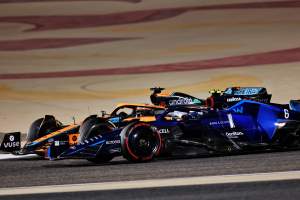During the extraordinary first weekend of Kevin Magnussen’s Formula 1 comeback, his Haas team boss Guenther Steiner joked: “Can you imagine what he’s doing in six or seven races?”
It was tongue-in-cheek, but a valid point. Magnussen had just qualified seventh, little more than a week after signing a contract to rejoin Haas as a last-gasp replacement for the ousted Nikita Mazepin and with just one and a half days in the car to acclimatise.
Factor in his year out of F1 racing in the United States and the fact Haas finished last in the championship in 2021 and this had a real ‘giantkiller’ feel to it.
Magnussen completed the job the following day, finishing fifth. In the process, Haas scored more points than it had in the last 49 races combined.
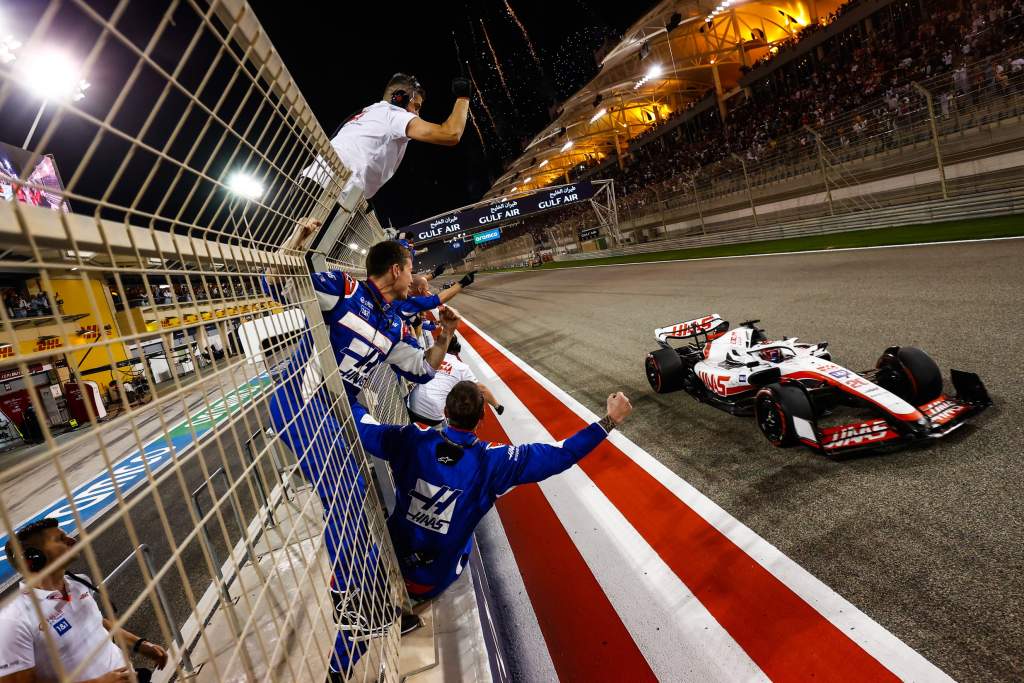
This was not a fluke. The Haas looked like a seriously good upper-midfield car in Bahrain. But with that result, the circumstances around it – two late Red Bull retirements bumped Magnussen from seventh to fifth – and the fact the midfield fight looks ultra-tough, there is a chance that Haas’s season may have peaked in terms of an outright result.
Not that anyone at Haas will believe that. It’s why this weekend’s Saudi Arabian Grand Prix has started with talk of a podium being a realistic target for 2022, at least in a dramatic race where the frontrunners hit trouble. And if not, heading to every weekend fighting for points would hardly be a failure.
“There’s always the danger that you have such a great first race, and then you expect to be there every time,” admits Magnussen.
“And I’ve been in that situation before where in my first race in Formula 1 I got on the podium, and then after that, I was kind of just always disappointed with everything that wasn’t a win. Because I finished second so the next one was a win. So, everything that wasn’t a win – which was all of the races so far! – was a disappointment.
“I had to really change my mindset, and I’m not gonna make that mistake again. Just take it race by race, build up this championship, just get the best of it every time.”
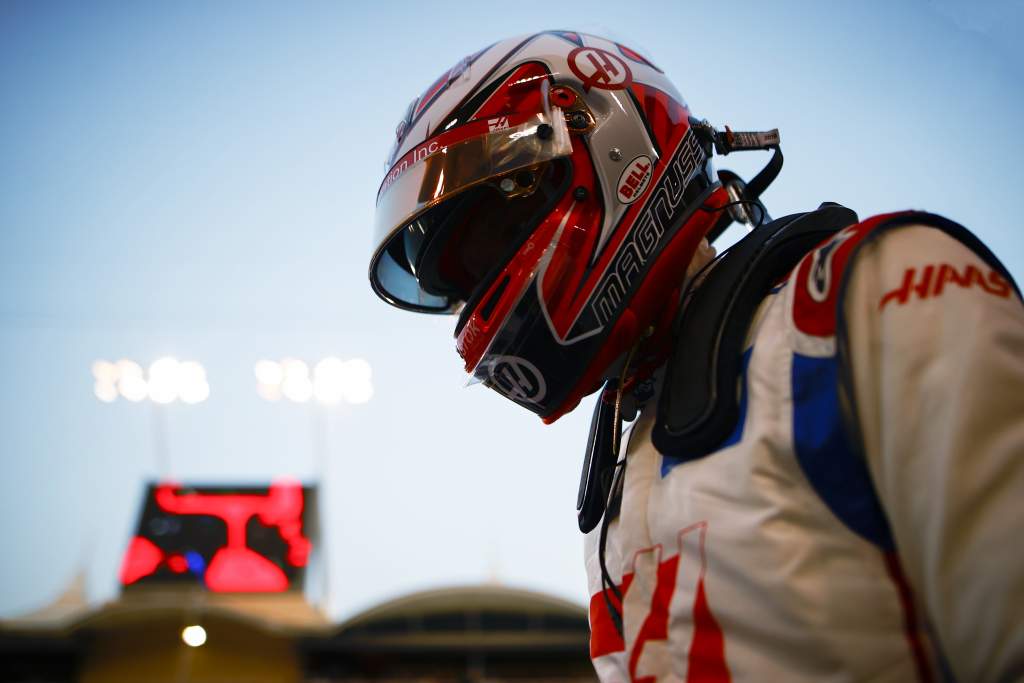
There are a few reasons for Haas to be optimistic about achieving that.
The first is that while Magnussen has slotted seamlessly into the role of Haas’s lead driver, doing just 1.5 days of pre-season testing after over a year away racing sportscars is simply not enough preparation to be at 100% of his ability.
“Time will tell if I’m still sort of on a learning curve,” says Magnussen. “I feel like my lap in Q2 [in Bahrain] was very good and I feel very comfortable with the car.
“It’s also a good car. It’s predictable, nice to drive. That helps a lot also.”
Steiner is more emphatic: “He came back in good form but I’m honestly convinced that there’s more to come.
“He cannot sit in these F1 cars and be 100% straight away. It’s not going to happen. There is more to come.”
So, Magnussen can, and probably will, operate at a higher level than in Bahrain. It underlines the key reason Haas wanted him back: if the car’s good enough to get a result, Magnussen’s good enough to do the job. That alone is enough reason to believe Bahrain will not be a one-off.
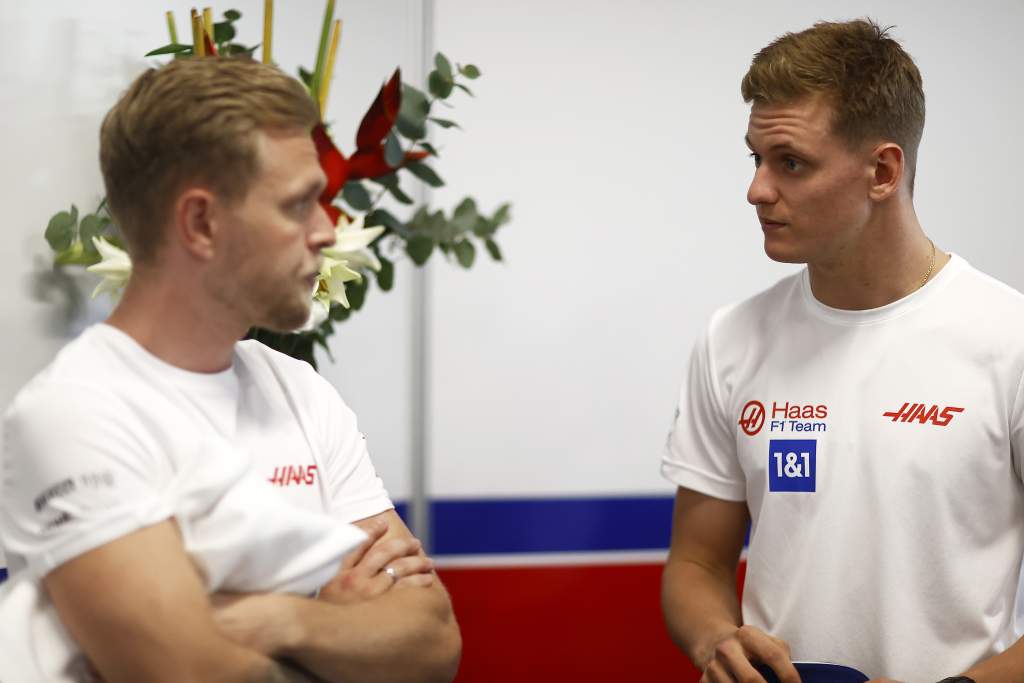
Team-mate Mick Schumacher will also have a job to do this season. He is on a steep learning curve and missed out on his first F1 points in Bahrain, where he did not execute qualifying well and so was knocked out of Q2, then was an innocent victim of Esteban Ocon’s aggression in the first lap of the race.
Schumacher will improve in what is his first ‘proper’ year in F1 after a rookie season spent toiling in the uncompetitive and undeveloped VF-21. It’s not his fault he was punted out of points contention early in Bahrain, and never got a serious chance to gun for a double points finish beyond a late, fruitless gamble not to stop for tyres under the safety car. But he was also not pushing Magnussen in the way he is probably capable of. So that will only aid Haas’s cause.
“I said to Mick he will learn to fight now at this level,” says Steiner. “It’s a different level than he was last year.”
The third and perhaps most important reason is how much scope the VF-22 has to improve. Haas switched all its focus to the 2022 car early last year and there is a school of thought that one consequence is its car is the most well-evolved at this stage – hence its strong start.
And with all-new technical regulations putting every team on a steep development slope, there is potentially a risk that Haas is further along in that process and the development rate will flatten out sooner, then it will get overhauled.
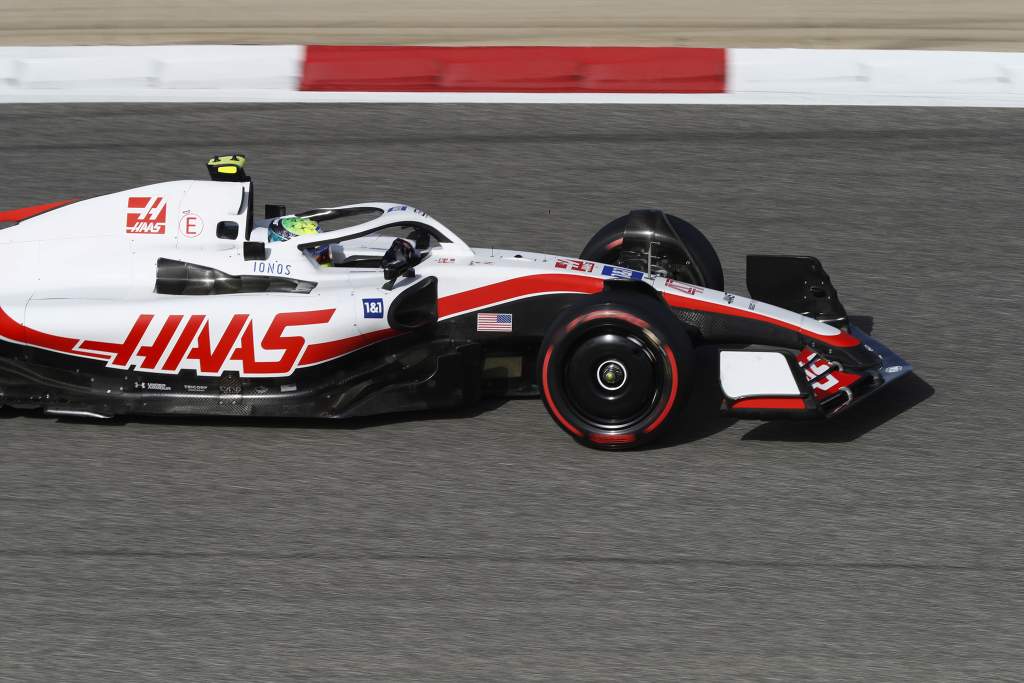
That’s the pessimistic view. The optimistic view is that Haas got so far along with its work on the VF-22 that by the end of 2021 it got its early-2022 car to a very good level – and that it still has a healthy budget and development allowance to work on upgrading the car this year. So, it will start from a higher base and (assuming there’s no development plateau imminent) have as much capacity as others to improve.
Steiner feels good about that one. Partly because Haas still feels its only scratched the surface with this version of the VF-22. Its reliability problems in pre-season meant it completed almost half the mileage of the busiest teams in testing and is therefore behind on set-up knowledge, which will unlock further performance.
“We have got good things going on,” says Steiner. “You jump at the conclusion that we don’t do anything, but we have got already developments going on.
“We were, like everybody has to be, careful how you deploy your upgrades, because you need to stay in the budget cap. You need to make big steps or relatively big steps for little money, to stay within it.
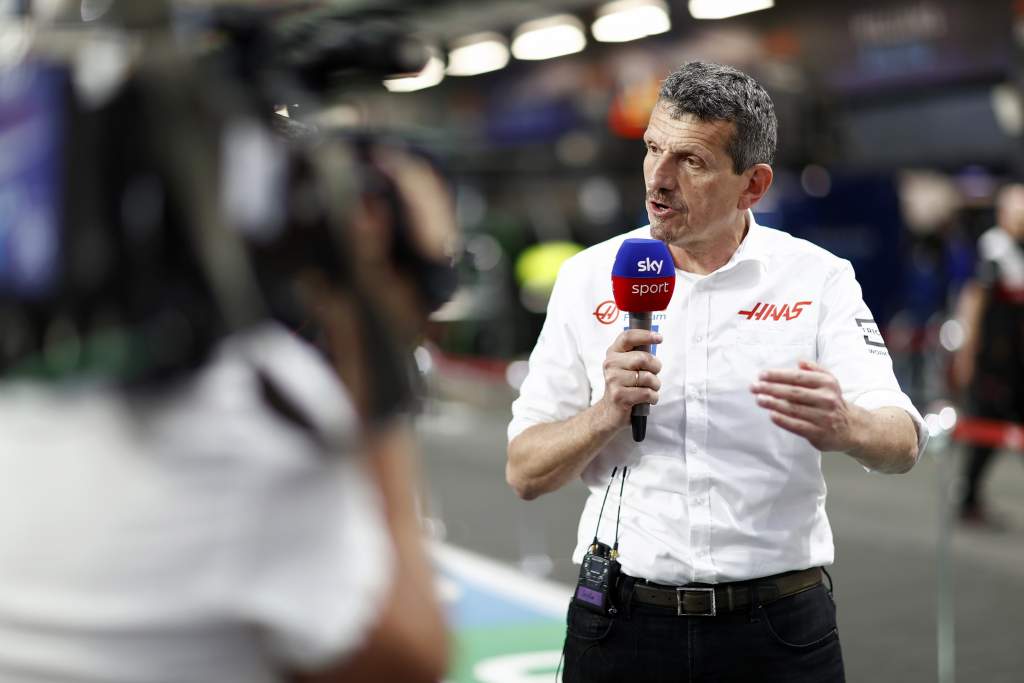
“We are in the windtunnel and we made progress. I always think that when you’ve got a new car, you need to develop it or to understand what it is doing before you throw developments on. That’s most important for us. And then we see when we put the developments on.
“But I think we still can get a lot more out of this car than we have up to now, because our testing was not ideal. We did only roughly half of the mileage the other teams did. We didn’t play around with a lot of set-up changes and things like this.
“We’ve got a lot to get out of this car before we start to change this.”
Who knows if by the end of 2022 Haas will have scored a better result than Bahrain. Maybe it will bank its elusive first podium. Maybe it will just be a consistent top-10 force. What it cannot afford to do, having re-established itself as a point-scoring operation so emphatically in the season opener, is slip back down the order.
Steiner says Haas is “back” but for that to be true it must prove that Bahrain is not a false dawn. That doesn’t mean going one or two positions better as even replicating the result will be a tough task. But the broader circumstances of the weekend – qualifying strongly, fighting at the front of the midfield, executing a clean race – must be repeated.
“Hopefully we can have a similar season to 2018,” Magnussen muses, reflecting on his and Haas’s best year in F1.
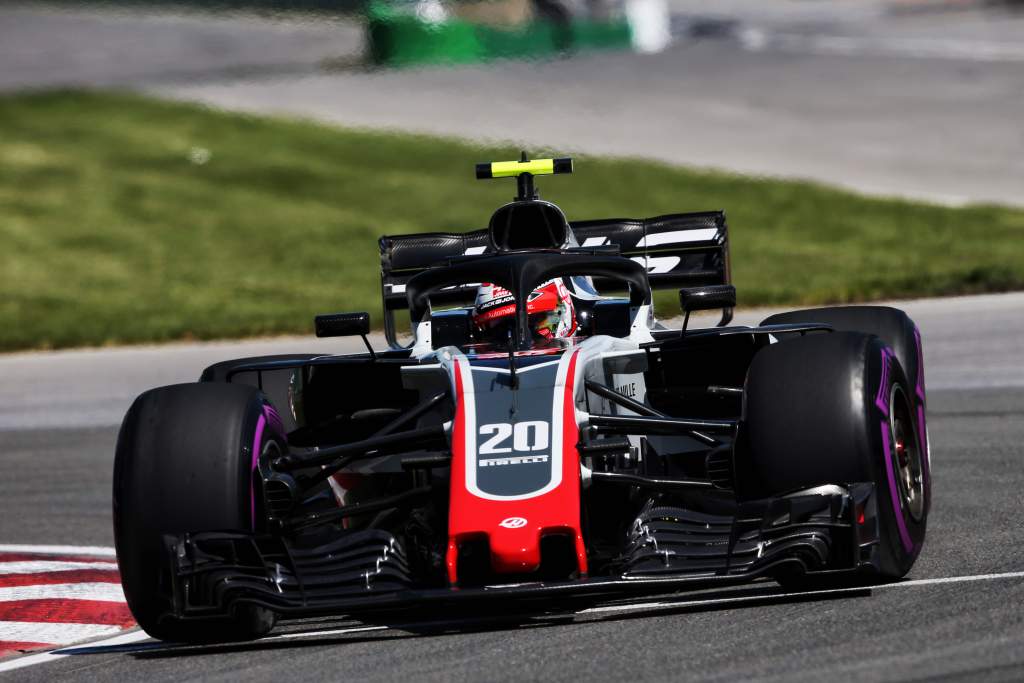
“In 2018 we threw away quite a few points on operational errors and strategy and stuff like that. But hopefully we can have the same kind of performance and then just do a little better.
“Because I think had Romain [Grosjean] had a little better first half of the season and maybe we didn’t have the pitstop errors in Melbourne [where Haas lost a likely four-five result] then we would have finished fourth in the championship, which would have been incredible for a team like us.
“I take a lot of confidence from what I saw back then. I’m not so worried that it’s just a one-hit wonder.”


